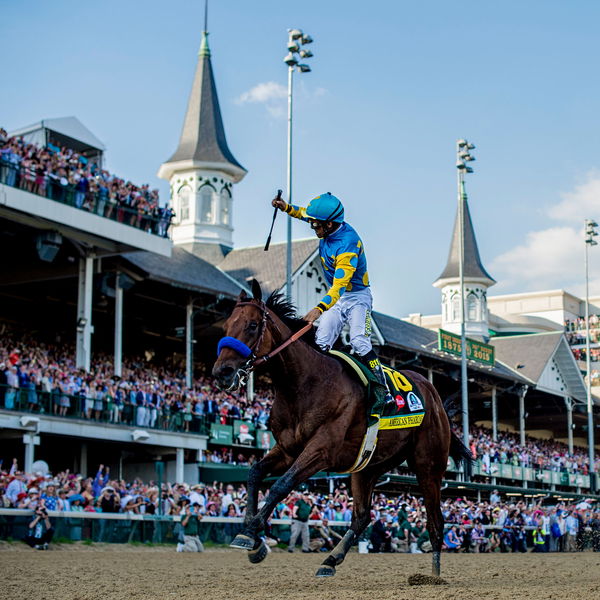

There are less than two weeks before the 2023 Kentucky Derby. On May 6, the 149th running of the Derby will take place, and interest in the equestrian competition remains strong considering its longstanding existence. The Derby is well-known for several things, including the presence of celebrities and other significant figures in the audience, the event’s rich heritage, the delicious food and beverages, and, of course, the race itself.
However, the Derby necessitates several tactics depending on a wide range of considerations. The horse’s speed, timing, and location are all crucial elements. The rider and the trainer play crucial roles in the race, and the methods they use are essential since each horse has its own unique set of skills it must learn in order to win. We’ll be talking about tactics that could aid a rider in this year’s Kentucky Derby at ES today.
ADVERTISEMENT
Article continues below this ad
Pace: understanding the importance of speed and timing
The Kentucky Derby is not always won by the pre-race favorite horse. The early speed of the race may have a significant impact on the final result, sometimes causing the greatest horse to be soundly defeated. A horse’s best chance of winning is to take the lead early on without being pushed too hard so that he can keep a steady pace and save energy for the stretch. In contrast, when the early leaders are engaged in a contest for the lead and run too quickly, they tend to tire and pave the way for the stretch runners. Although they are the foundations of a winning strategy, they are by no means insignificant on their own.

Positioning: finding the right spot on the track
The “post position” of a horse in a race is its starting gate. Starting gates are used to determine where each horse will begin the race. Even though a horse’s post position in the Kentucky Derby may have a major effect on the horse’s performance, there is no ideal post position. Horses in the top three starting positions have the least distance to go to the first turn, allowing them to use less energy in the race. In addition, they may be able to get a head start and escape the crowds. Horses in the farthest-out positions (posts 14–20) have greater space to move about and may be less likely to be obstructed by other horses. They can also see and respond to the movements of other horses on the field more easily.

Timing: making the right move at the right time
In addition to maintaining an ideal speed and positioning oneself advantageously, time is of the utmost importance in a race. The starting location and speed of the horse both play a role in the overall timing. Whether or not a horse’s full potential is realized in a race is partly contingent on the quality of its training and the rapport it has with its rider. The two minutes of the one-and-a-quarter-mile race at the Derby are legendary for their high stakes and high tension, and they may soon become the most thrilling two minutes of an equestrian enthusiast’s life.

ADVERTISEMENT
Article continues below this ad
Other factors that can impact a horse’s chances of winning
The weather, in addition to the usual contenders (speed, position, and timing), maybe a game-changer at the Derby. Even if rain doesn’t necessarily cause a postponement of the Derby, it might still have an impact on the racetrack. Wet tracks are dangerous for both the horse and the rider since they make it difficult to maintain control when racing. The Derby often sees temperatures between 60 and 70 on average. In 1959, when the maximum temperature at the Derby reached 94 degrees, it was the warmest Derby ever recorded. In 1940, when temperatures dipped to 36 degrees, the Derby was the coldest on record. In 2018, there were 3.15 inches of rain on Derby Day, the most ever recorded.
ADVERTISEMENT
Article continues below this ad

via Getty
LOUISVILLE, KY – MAY 05: Promises Fulfilled #3, ridden by jockey Corey Lanerie leads the field into the first turn during the 144th running of the Kentucky Derby at Churchill Downs on May 5, 2018 in Louisville, Kentucky. (Photo by Rob Carr/Getty Images)
WATCH THIS STORY – “We’ll See Her in the Olympics!”: Viral Video of Young Girl Acing Equestrian Tricks Right From a Year-Old Leaves Netizens in Awe
ADVERTISEMENT
ADVERTISEMENT
ADVERTISEMENT
ADVERTISEMENT

